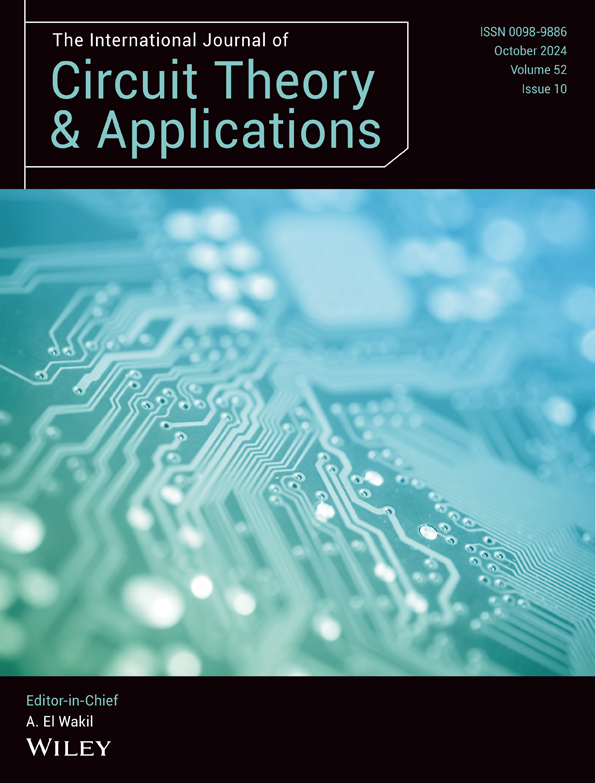Analysis of super-source-follower-based GHz-bandwidth biquadratic low-pass filters
Funding information: This work is funded by Ministry of Science and Technology, Taiwan, under the contract number MOST-109-2221-E-011-132-MY3.
Summary
The design of GHz-bandwidth super-source-follower-based low-pass filters (SSF-LPFs) is investigated. The transfer function is derived by considering transistor parasitics. The behaviors of SSF-LPFs can be predicted accurately with these formulas. The theoretical values of pole/zero frequencies of the circuit agree well with the corresponding simulation results. Moreover, the relationship between the Q factor and the phase margin of the biquadratic filter is revealed. Two 1.3-GHz 4th-order LPFs are designed using 90-nm CMOS technology, where one contains a high-Q biquad with a small phase margin and a low-Q biquad, while the other is built with two biquads with moderate Q factors and sufficient phase margins. For the former, the discrepancy between the theoretical and simulated phase margin is <2°, and the discrepancy between the theoretical and simulated corner frequency is <6%. For the latter, the discrepancy between the theoretical and simulated phase margin is <4°, and the discrepancy between the theoretical and simulated corner frequency is <4%. The filter containing biquads with sufficient phase margins is fabricated and occupies an area of 0.44 mm2. Consuming 14.4 mW, the filter delivers a bandwidth of 1.3 GHz, P1dB of −11.94 dBm, and IIP3 of −4.5 dBm.
Open Research
DATA AVAILABILITY STATEMENT
Data are openly available in a public repository that issues dataset with DOI.




